Isleworth Ait with Igor and Colin. We started at a civilized 10.00 am Though this meant we were soon paddling against the tide which hit us around Chiswick Bridge. Around Kew Bridge we bumped into Belinda who was swimming merrily in the water in a fetching pink ensemble. (Well hat and buoyancy bag). I did not recognize her but she shouted out to me. I approached wearily as frankly anyone swimming in this part of the Thames is either foolhardy or courageous. But it did look inviting. She was in fine spirits and we had a quick chat before heading upstream. There were a lot of annoying scullers who were literarily everywhere accompanied with about 4 speedboats with accompanying loudspeakers or noisy boatmen herding their surprisingly slow rowers who I took to be novices.
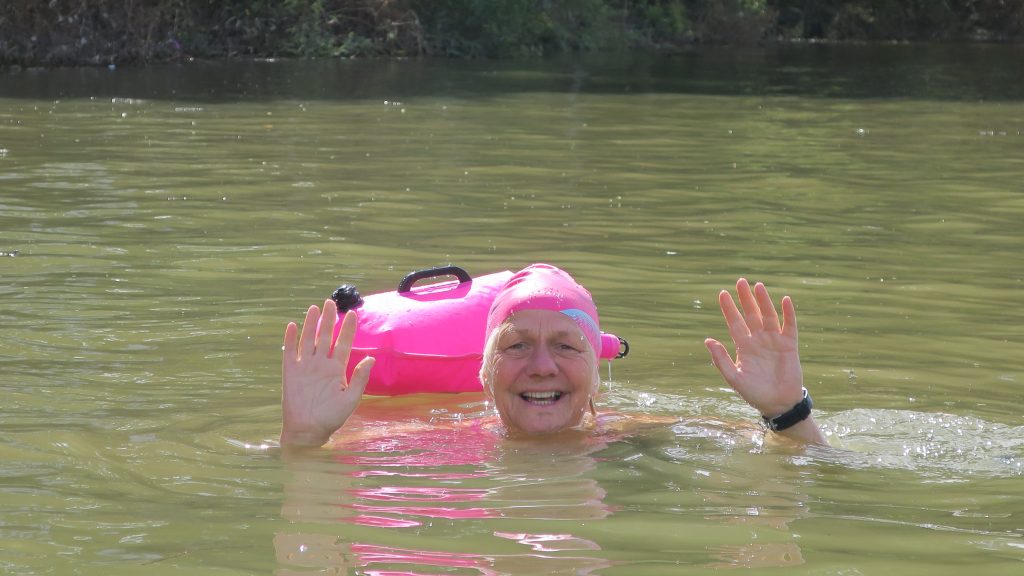
Paddling past some dense vegetation I thought I glimpsed a turtle. It was and unusual and rare turtle, a red-eared terrapin, which was once native to Britain some 8,000 years ago it is now an invasive species arriving mainly from the US as pets due to the Teenage Mutant Hero Turtles cartoon film craze of the 1990s. This was either a lone turtle or part of a small feral community. It was strangely hanging precariously on a branch almost abandonned by the tide. Though it had a good grip with its front webbed claws feet. In my decade on the river I had never seen one and on investigation it proved quite interesting. It was not too shy and did not jump off the branch when I went a few feet away to photograph it which proved to be a challenge against the current which was now quite pronounced. Some interesting info on these strange reptiles:
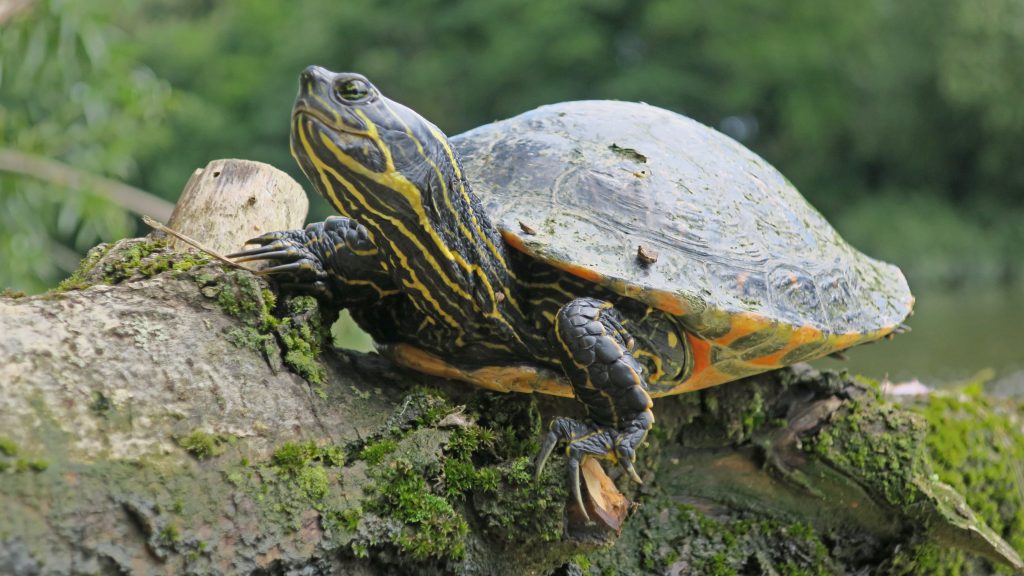

HIBERNATION
Red-eared sliders do not hibernate, but actually brumate; while they become less active, they do occasionally rise to the surface for food or air. Brumation can occur to varying degrees. In the wild, red-eared sliders brumate over the winter at the bottoms of ponds or shallow lakes. They generally become inactive in October, when temperatures fall below 10 °C (50 °F). During this time, the turtles enter a state of sopor, during which they do not eat or defecate, they remain nearly motionless, and the frequency of their breathing falls. Individuals usually brumate underwater, but they have also been found under banks and rocks, and in hollow stumps. In warmer winter climates, they can become active and come to the surface for basking. When the temperature begins to drop again, however, they quickly return to a brumation state. Sliders generally come up for food in early March to as late as the end of April. (Wikipedia)
MATING
Courtship and mating activities for red-eared sliders usually occur between March and July, and take place under water. During courtship, the male swims around the female and flutters or vibrates the back side of his long claws on and around her face and head, possibly to direct pheromones towards her. The female swims toward the male and, if she is receptive, sinks to the bottom for mating. If the female is not receptive, she may become aggressive towards the male. Courtship can last 45 minutes, but mating takes only 10 minutes. (Wikipedia)
According to the BBC: “The Hollywood film created such a demand for the animal that the EU banned the import of red-eared terrapins in 1997. (BBC) North American species can survive in this country because UK summers are relatively warm and during the winter they hibernate but in severe cold many will be killed off. Terrapins are not considered a serious problem in the wild because they find it almost impossible to breed.”
According to the Canal & River Trust: “Today, these pets have grown to the size of a dinner plate and developed enough strength to break free of their tanks. Their subsequent, and irresponsible, release into the wild has prompted fears for the health of local wildlife, as well as the terrapins themselves who are ill-equipped to survive in the damp British climate.Terrapins, along with tortoises and turtles, are known as Chelonians – reptiles with shells. They are almost totally aquatic but also need dry land to bask on during sunny days. Still waters and rivers in the Midlands and Southern England support the largest terrapin populations. Snapper turtles and European pond terrapins have also been spotted along our waterways.
It is unlikely that these animals are breeding, as terrapin eggs need to be incubated at 25 degrees Celsius for around 60 days in order to hatch. Anyone familiar with the British summer knows exactly how unlikely that is. However, with climate change there is concern they could start breeding and cause more damage.”
Igor asked me about Chiswick bridge’s crest or coat of arms bearing three swords. These are in fact Saxon seax knives similar to scimitars.
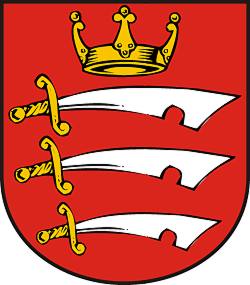
Igor (who is originally Czech) knew more than I did, as he said were they not part of Essex’s coat of arms? So here is a proper belated answer: Igor is correct, Essex originally in AD527 incorporated territory further north including Middlesex (which has same crest with added crown) and possibly Surrey. Later its territory was reduced to what it is presently closer to the River Lea and stretches east to the sea as far Harwich.
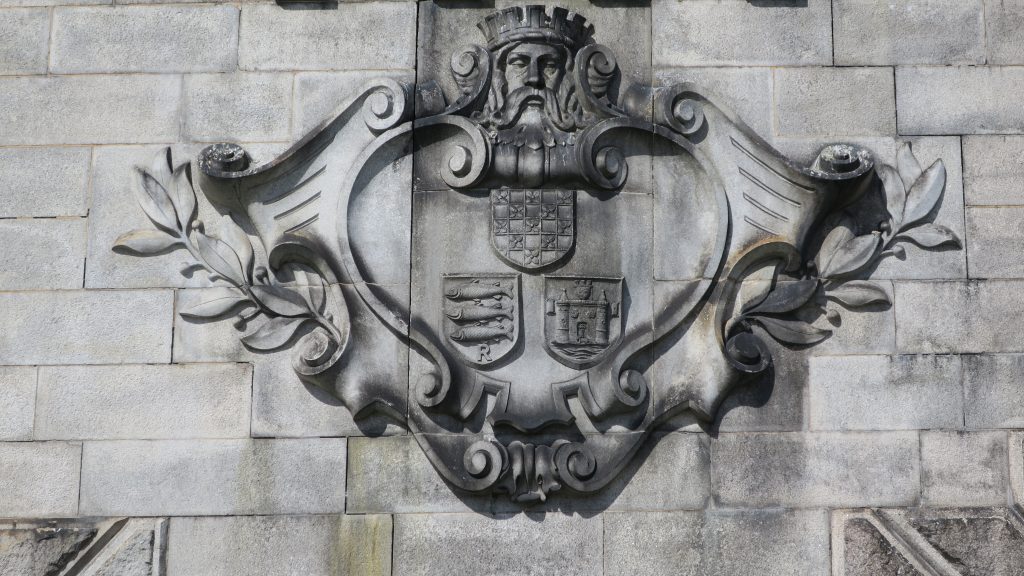
I photographed the other crest which I found more interesting but so far have not been able to find out what it signifies. Three fishes, a castle? Any ideas out there? All I could find about Chiswick Bridge was that it crosses around 100 yards above the winning post of the oxford and Cambridge Boat race. The bridge is made up of three arched ferro-concrete spans which with the central one being the longest in its day, 1933.
Much of the bridge is made with Portland stone.
Finally after a challenging paddle in our slow little ventures and fusions, we arrived at our important destination a pub! (the London Apprentice). Though it was still early so we headed around the Isleworth Ait and its rich birdlife and back in time for opening time. We had to order a takeaway in order to sit on the outside benches and keep an eye on our boats.
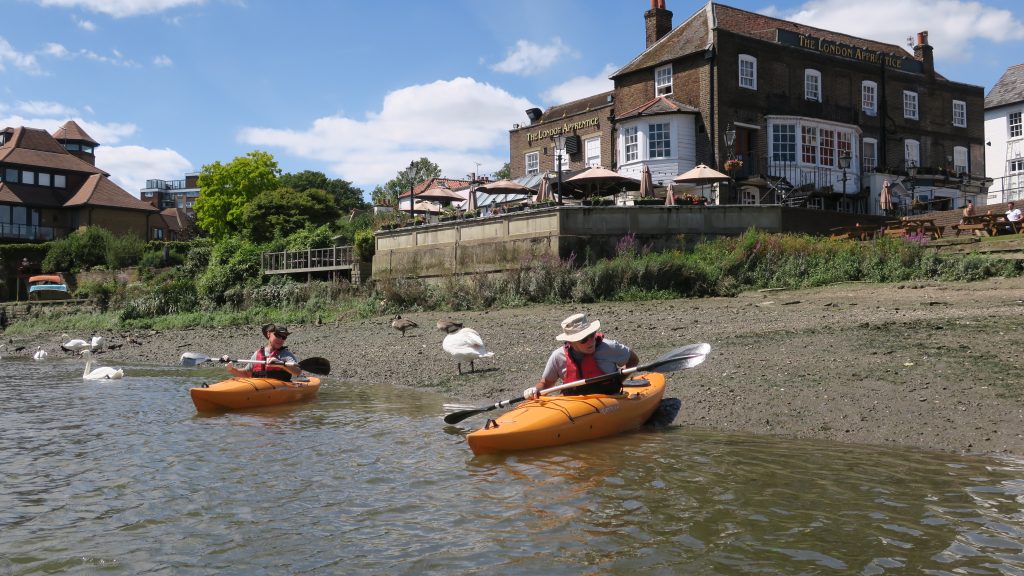


After been replenished we headed back to our trusted pontoon.

Ooohhh I wish I had seen the turtle!!!! 🐢😍